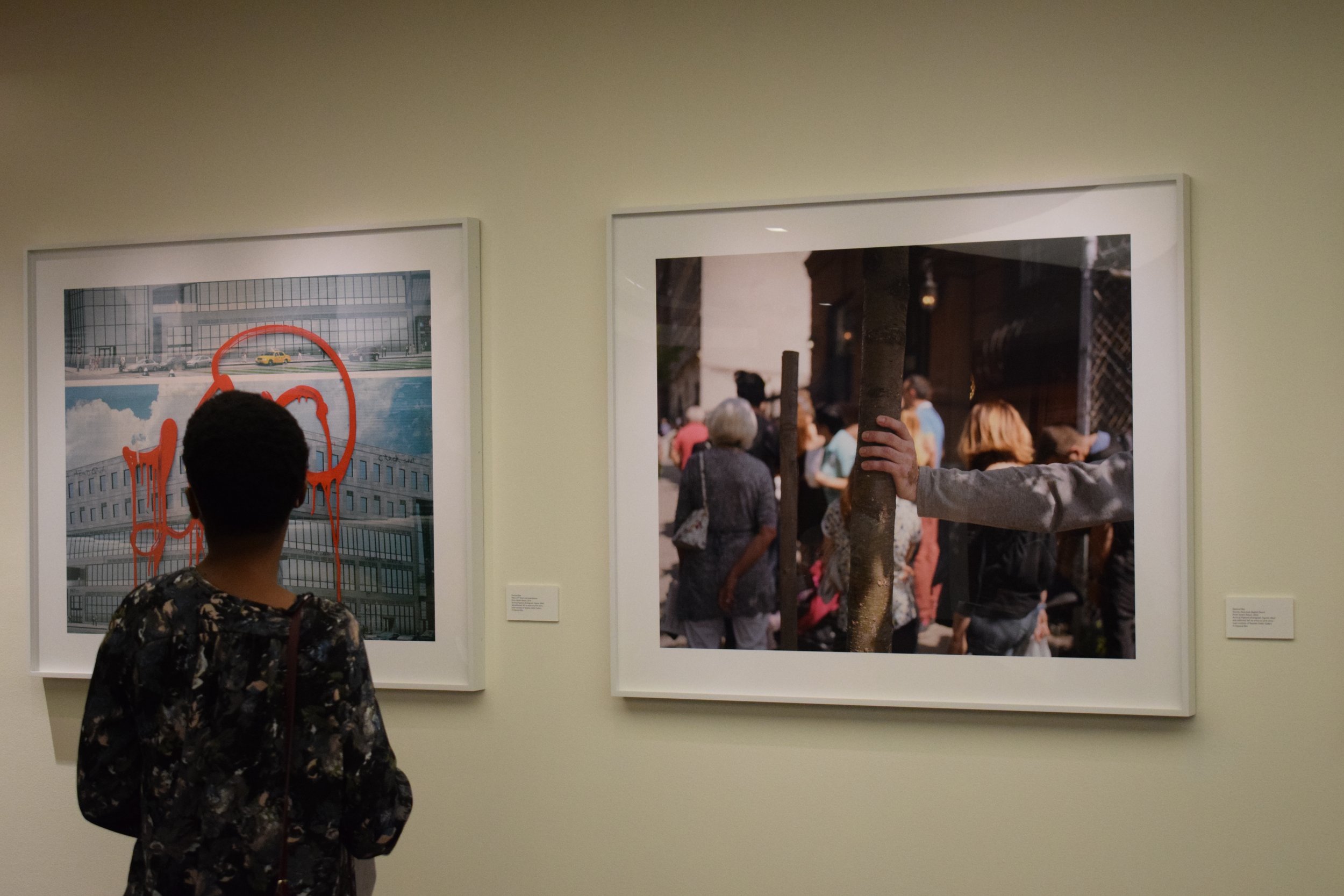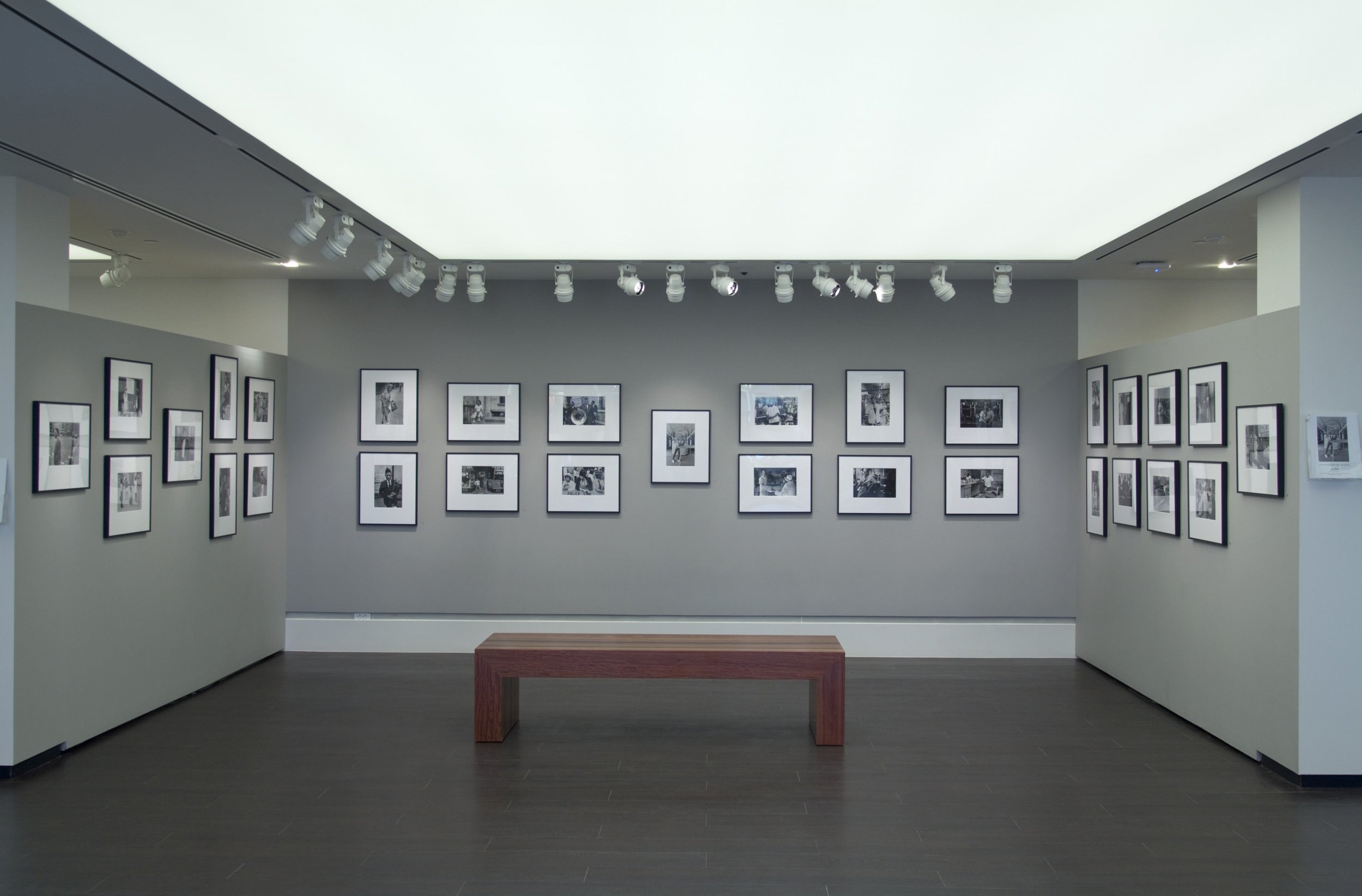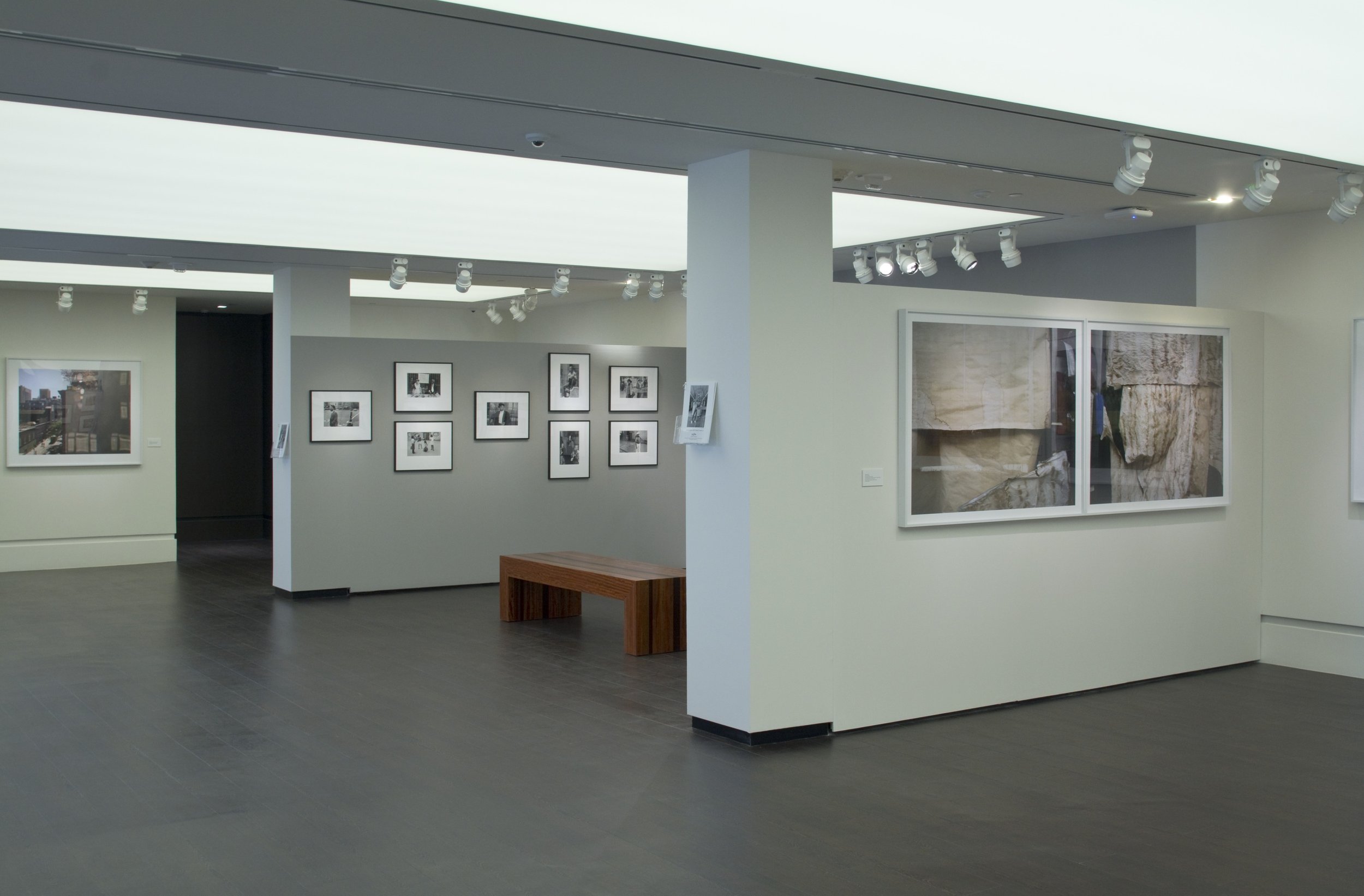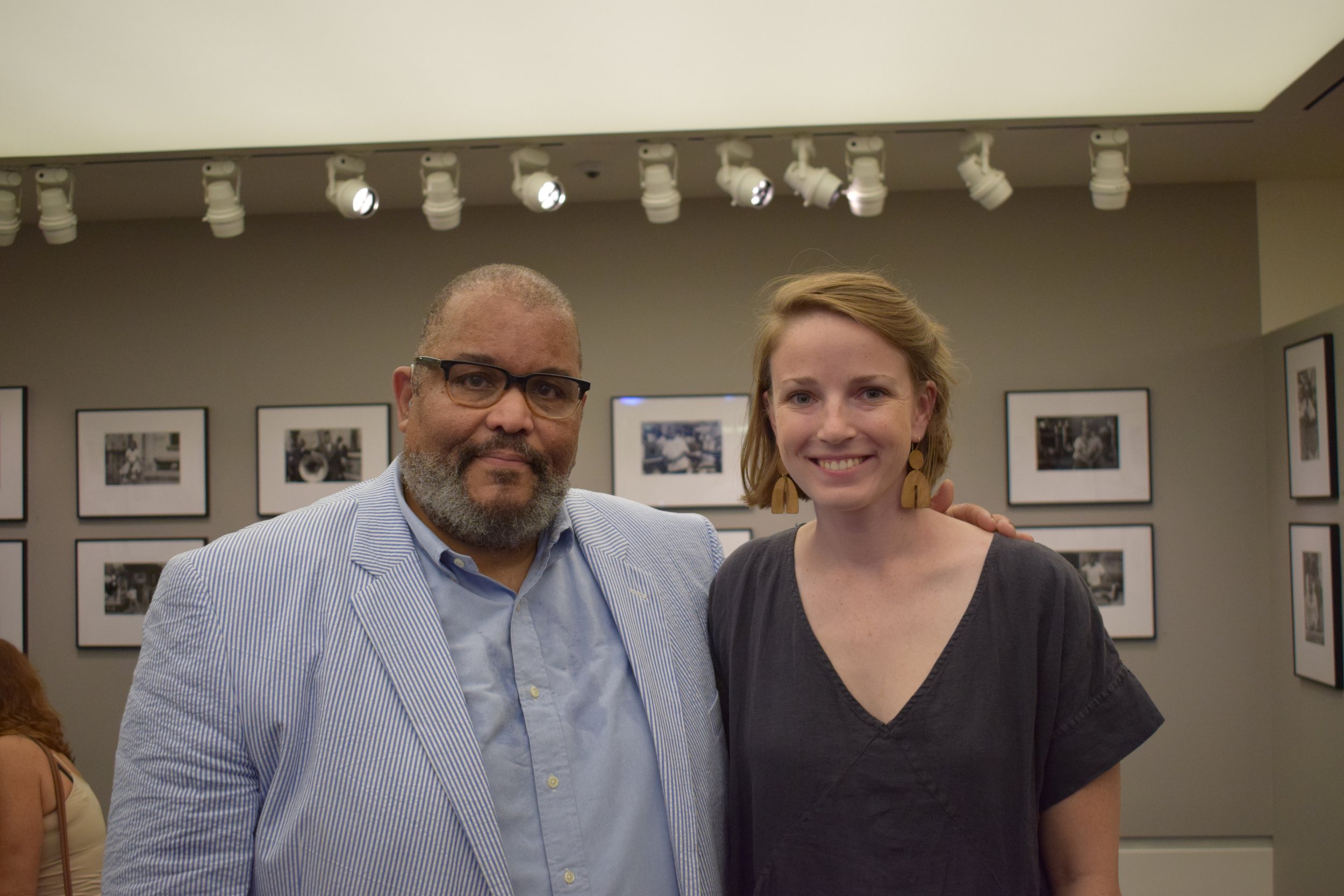Dawoud Bey: 40 YEARS IN HARLEM
August 29 to December 8, 2018
Christian-Green Gallery
The myths and realities of Harlem have been the subject of study by photographers both native and foreign to its streets since the early twentieth century. Images of the storied neighborhood have contributed to narratives that have alternately celebrated, scorned, romanticized, pathologized, threatened, and repeatedly transformed Harlem throughout its history. Dawoud Bey, born in 1953 in Queens with familial ties to Harlem, encountered such photographs at the controversial 1969 Metropolitan Museum of Art exhibition Harlem on My Mind. Beginning in 1975, Bey made Harlem and its people his subject, composing informal but deliberate portraits of everyday life.
For his first solo exhibition, in 1979 at the Studio Museum in Harlem, Bey assembled a suite of twenty-five photographs titled Harlem, U.S.A. This exhibition presents the original body of work in its entirety, as well as five additional photographs taken around the same time. Intimate in scale and rich in subtle detail, Bey’s images demonstrate the sense of calm and respect that define both his compositions and his methods. In Harlem, U.S.A., Bey not only documented a community of which he had become a part, but also gathered a photographic community of Harlem “types”—recognizable figures and groupings that gesture toward familial, if not blood, relationships.
Forty years after Harlem, U.S.A., Bey returned to document the neighborhood during another moment of transition. Here, Harlem Redux accompanies his original study, this timegrappling with how gentrification threatens to erase the neighborhood’s physical and symbolic identity. Unlike in Harlem, U.S.A., in most of these large-format images Bey does not train his camera lens on people. Probing Harlem’s receding landmarks, new arrivals, and the spaces in between, these photographs ask: What does a community look like while undergoing such a dramatic transformation? Amid signs of absence and loss, small, irreverent clues emerge to testify to the community’s persistent presence—the social memory that contains Harlem itself.
Curated by Julia Detchon




